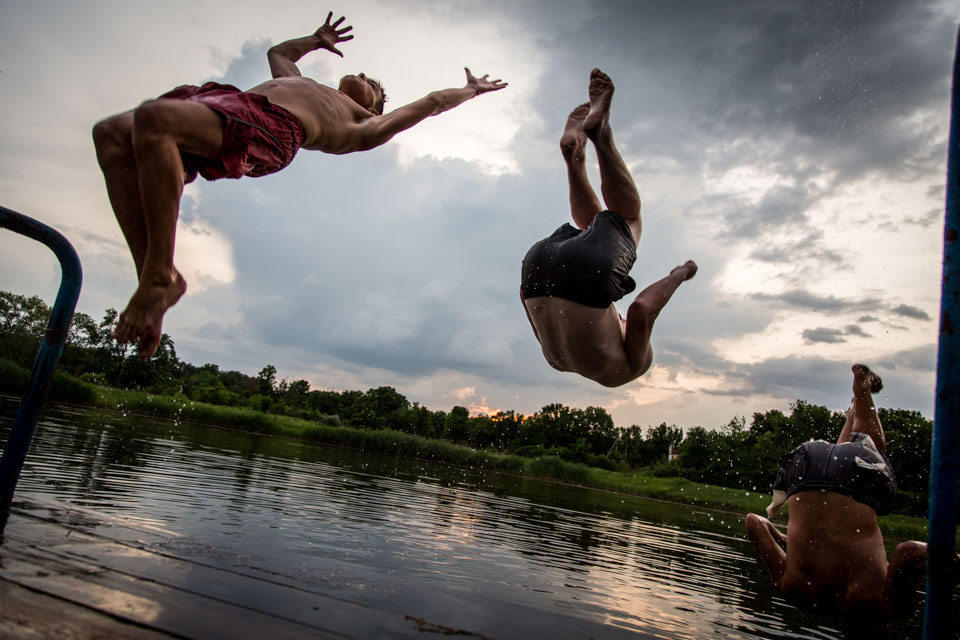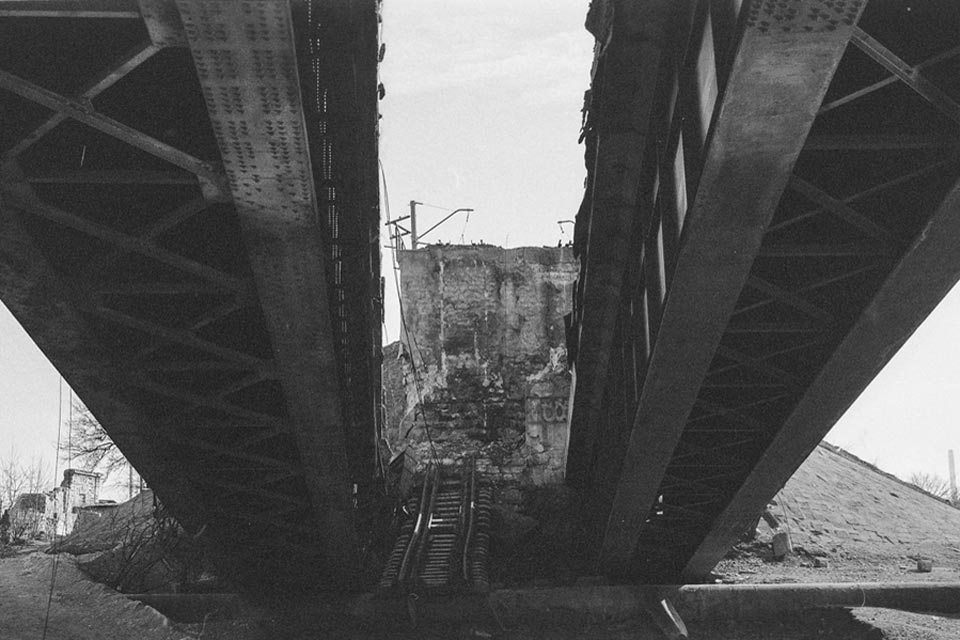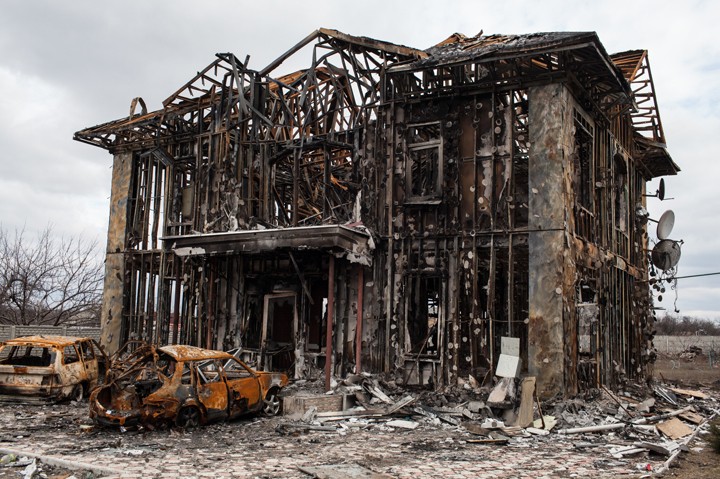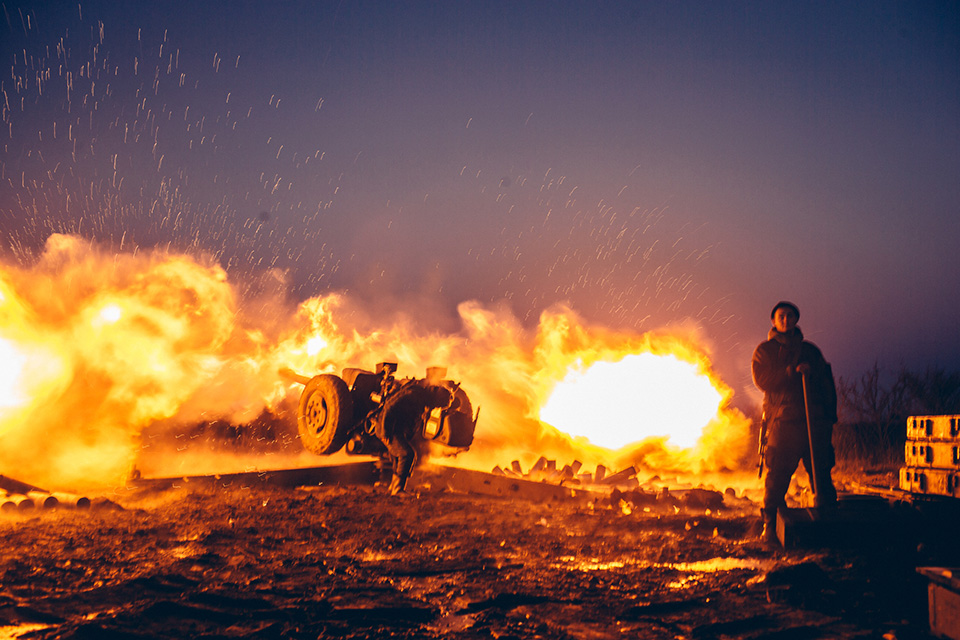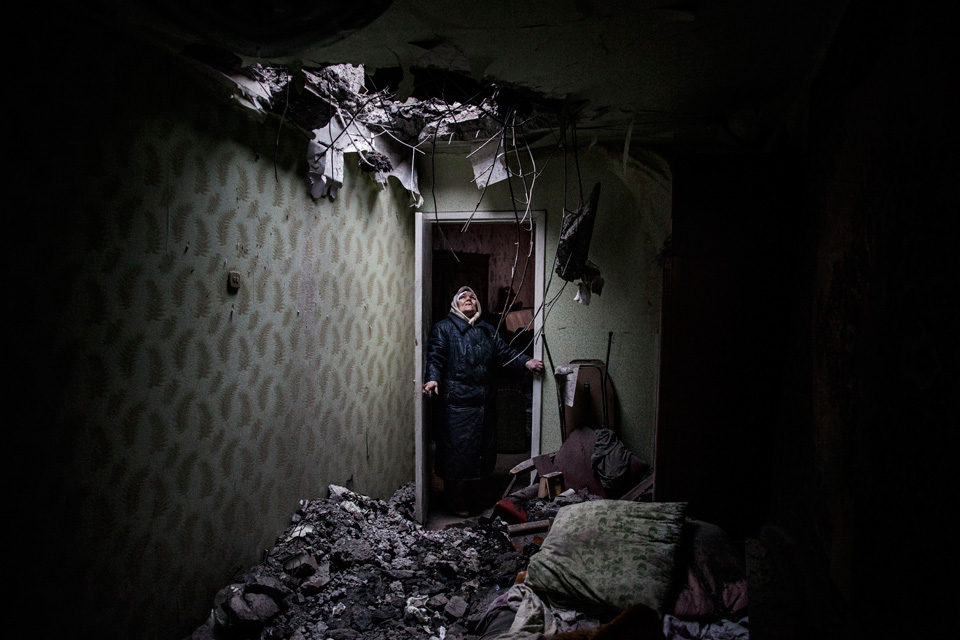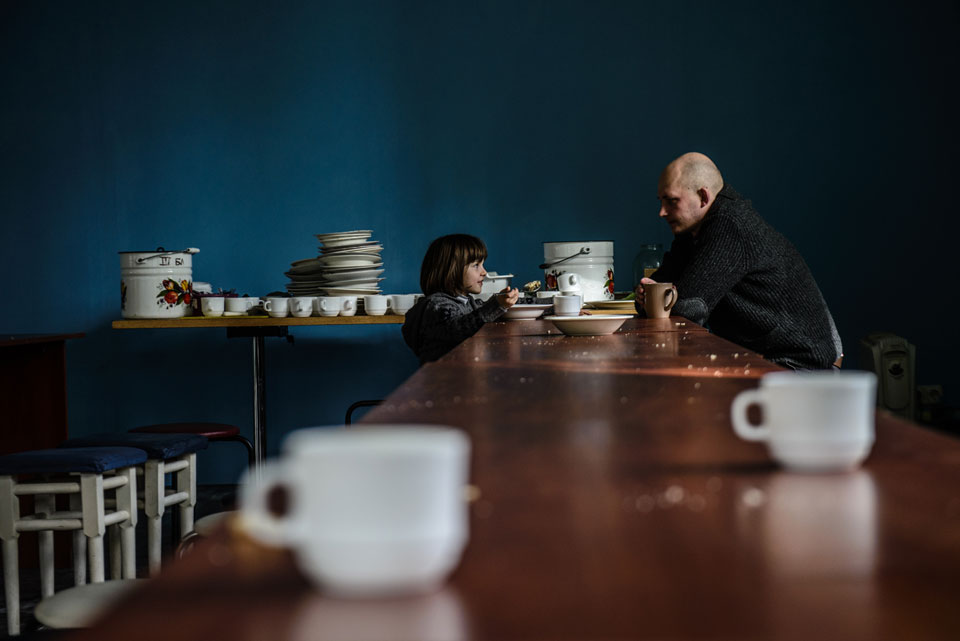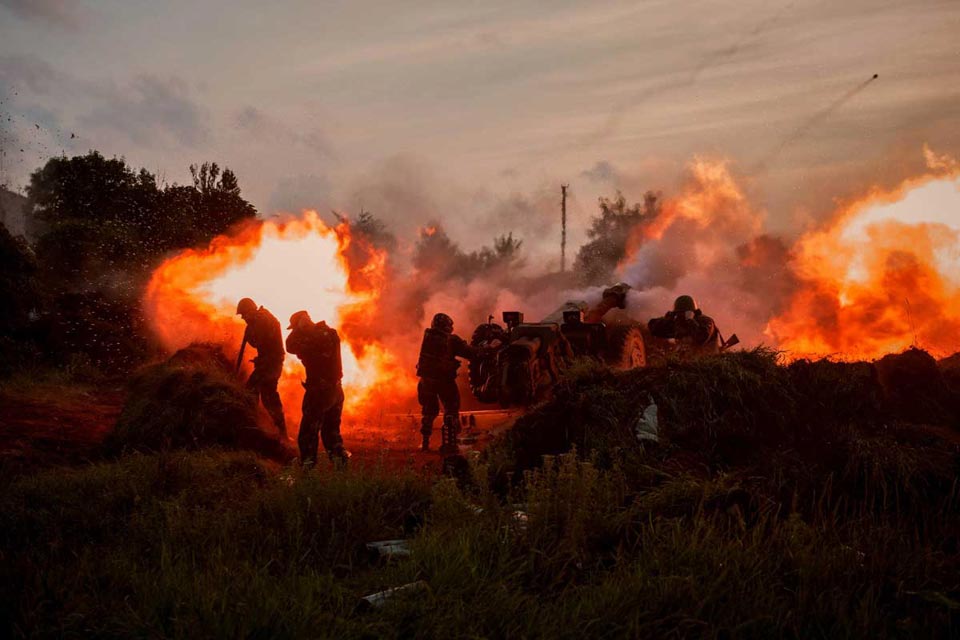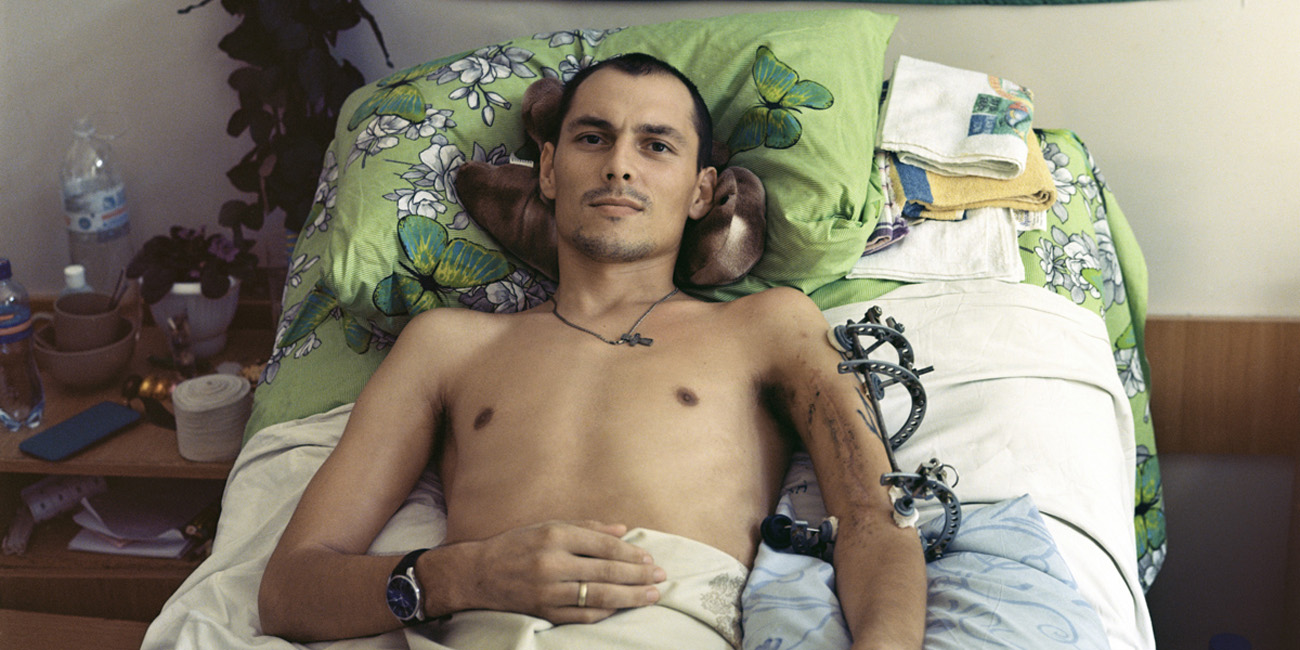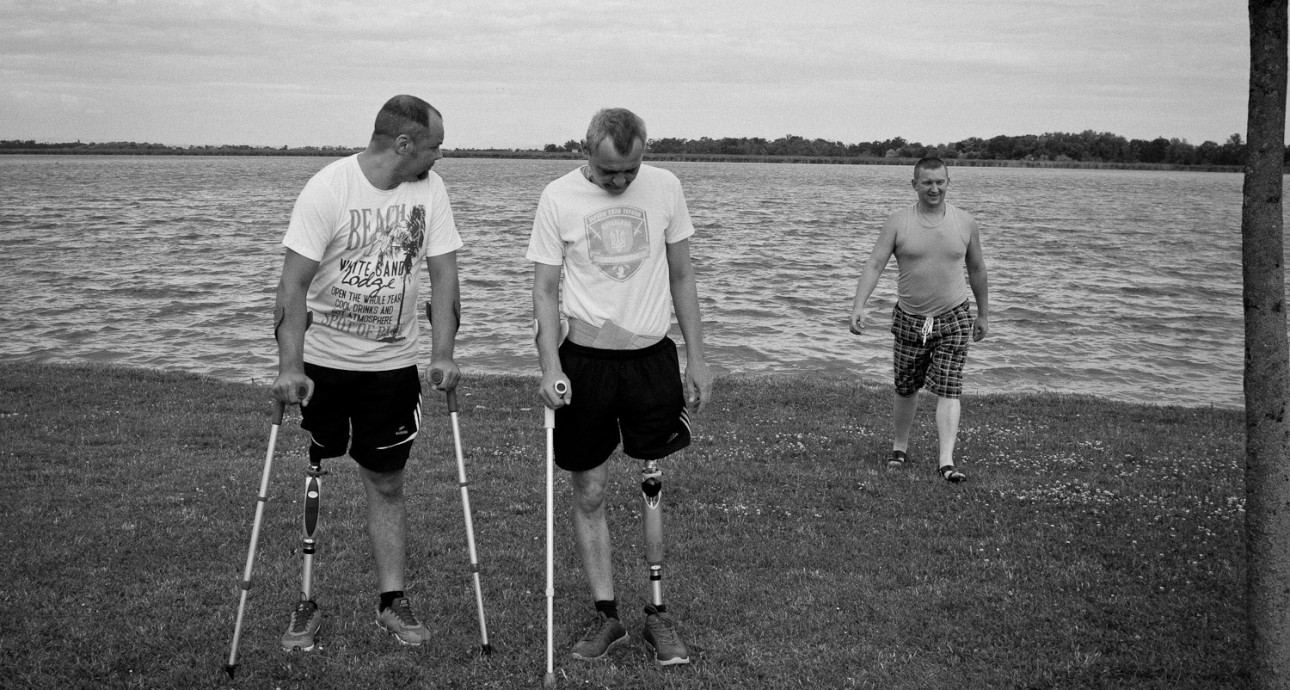
First Steps after Donbass: Rehabilitation of Veterans in Pavlo Bishko’s Project
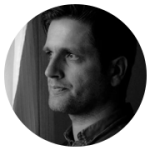
Documentary photographer. Born in Ukraine, lives and studies in Austria.
Ukrainian soldiers and volunteers had different things to do in civil life, but when the war in Donbass started, all of them did what they thought was right and necessary at that moment. And for some, it resulted in serious injuries. Their lives were divided into ‘before’ and ‘after’. In ‘after’, they were looking at months of exhausting treatment.
There was no opportunity in Ukraine to learn how to use prosthetics, which is why amputee patients were sent abroad. At that point there were more than 300 of them. Between February and August 2015, about 20 wounded Ukrainian soldiers and volunteers, several at a time, spent several weeks in the Austrian rehabilitation center in St. Andra near Vienna. They learned to use their prosthetic legs and took their first steps after Donbass. I helped the guys when they first arrived in February 2015. I interpreted for them when they first checked in to the hospital and received the first rehabilitation procedures. We quickly found a language in common.
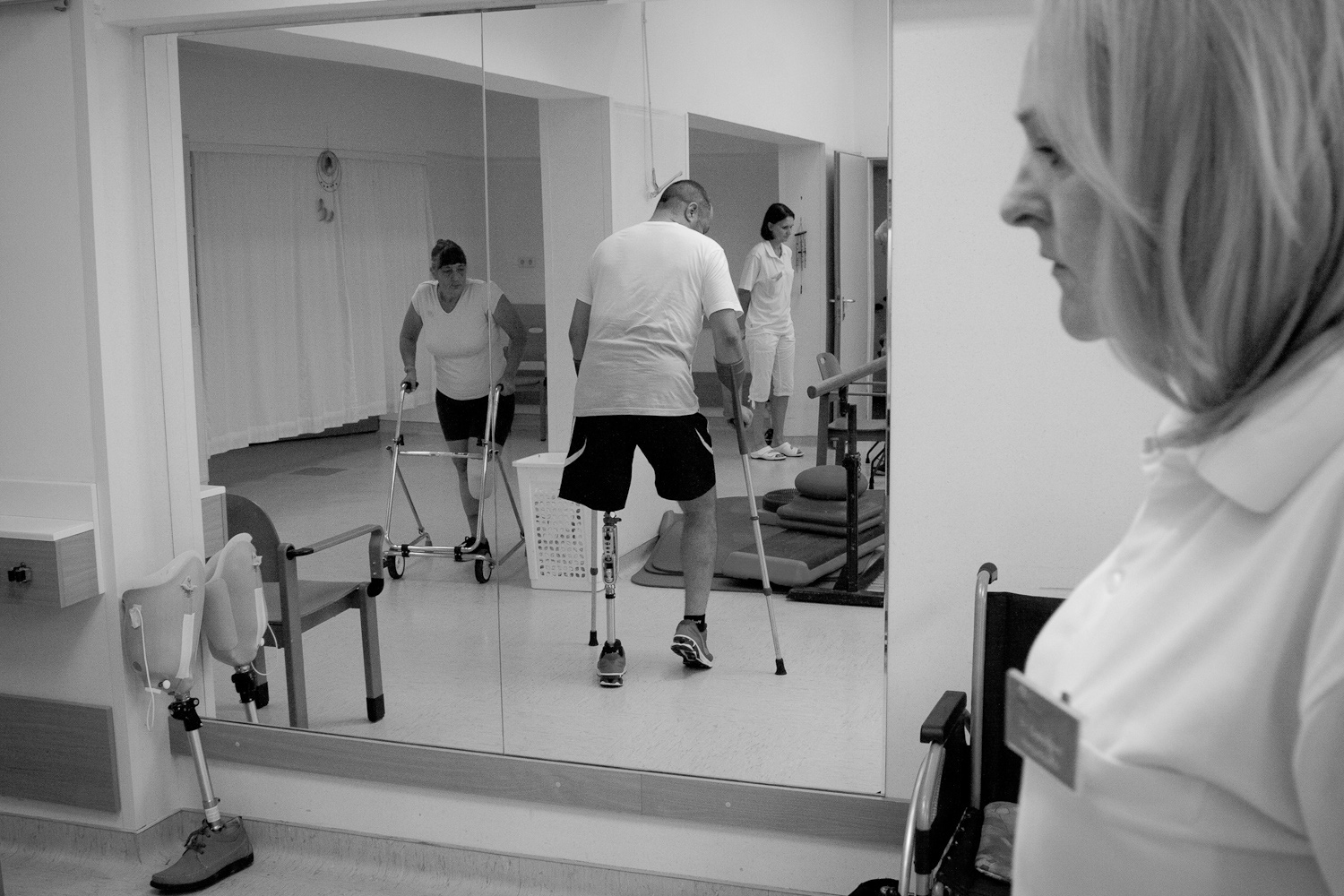

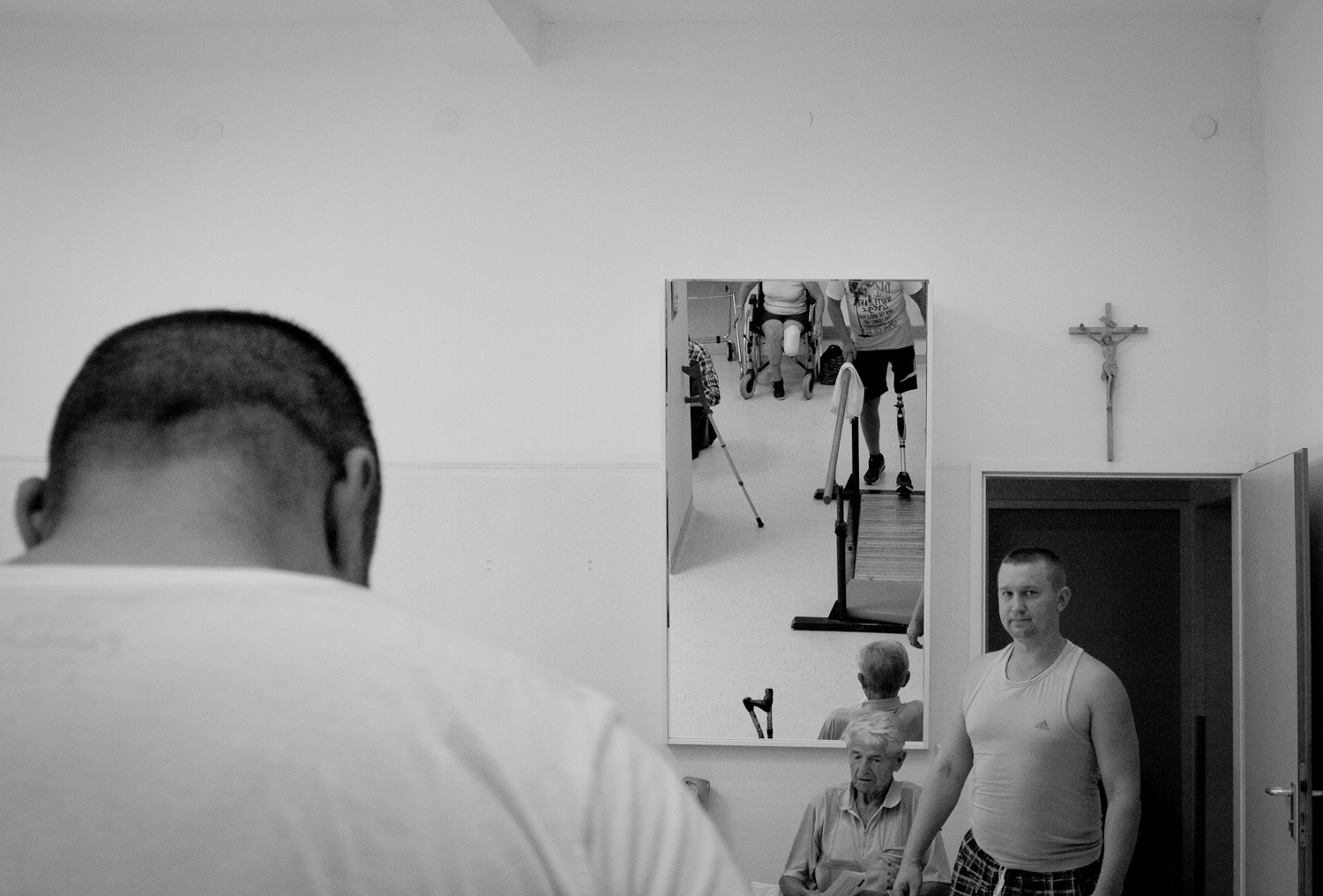
The guys stood out compared to other patients at the rehabilitation center because of their age. Imagine a group of young people walking along the corridor or on the stairs during the daily practice together with the local elderly people who lost their limbs in different, peaceful circumstances. Everyone smiles and wishes each other a good day.
Most of the Ukrainian patients met either here at the center or on the way to Austria. Some became friends. For instance,
while Oleksandr, a serviceman who lost his both legs, was undergoing rehabilitation, his wife gave birth to their child in Ukraine. He asked a fellow rehabilitee, also Oleksandr, to be the child’s godfather.
They didn’t know each other before they came to Austria. The new godfather with a prosthesis went back to the military operations zone, and a young father started a business in the manufacturing of environment-friendly fuel. He learned manufacture technology from the Austrians.
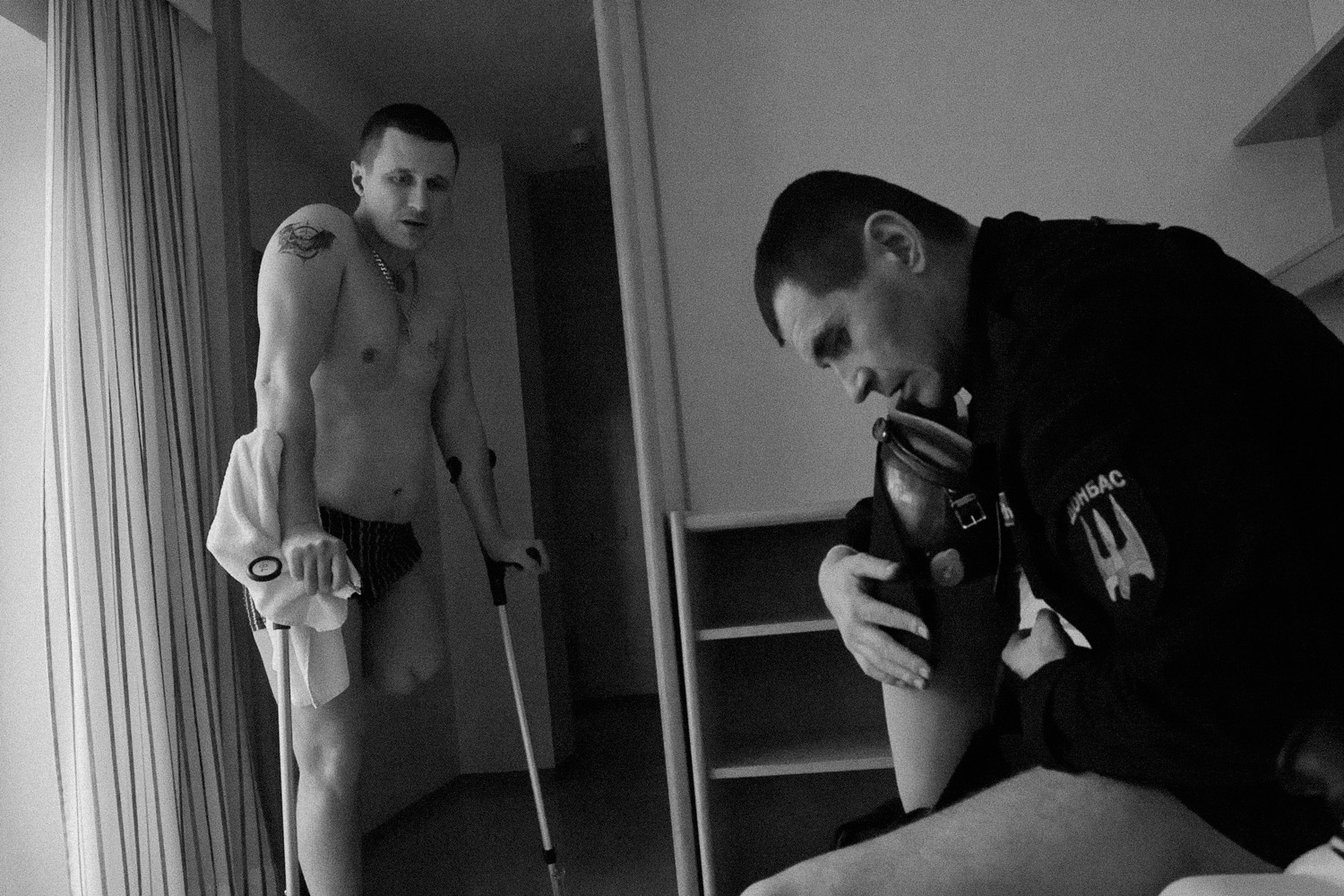
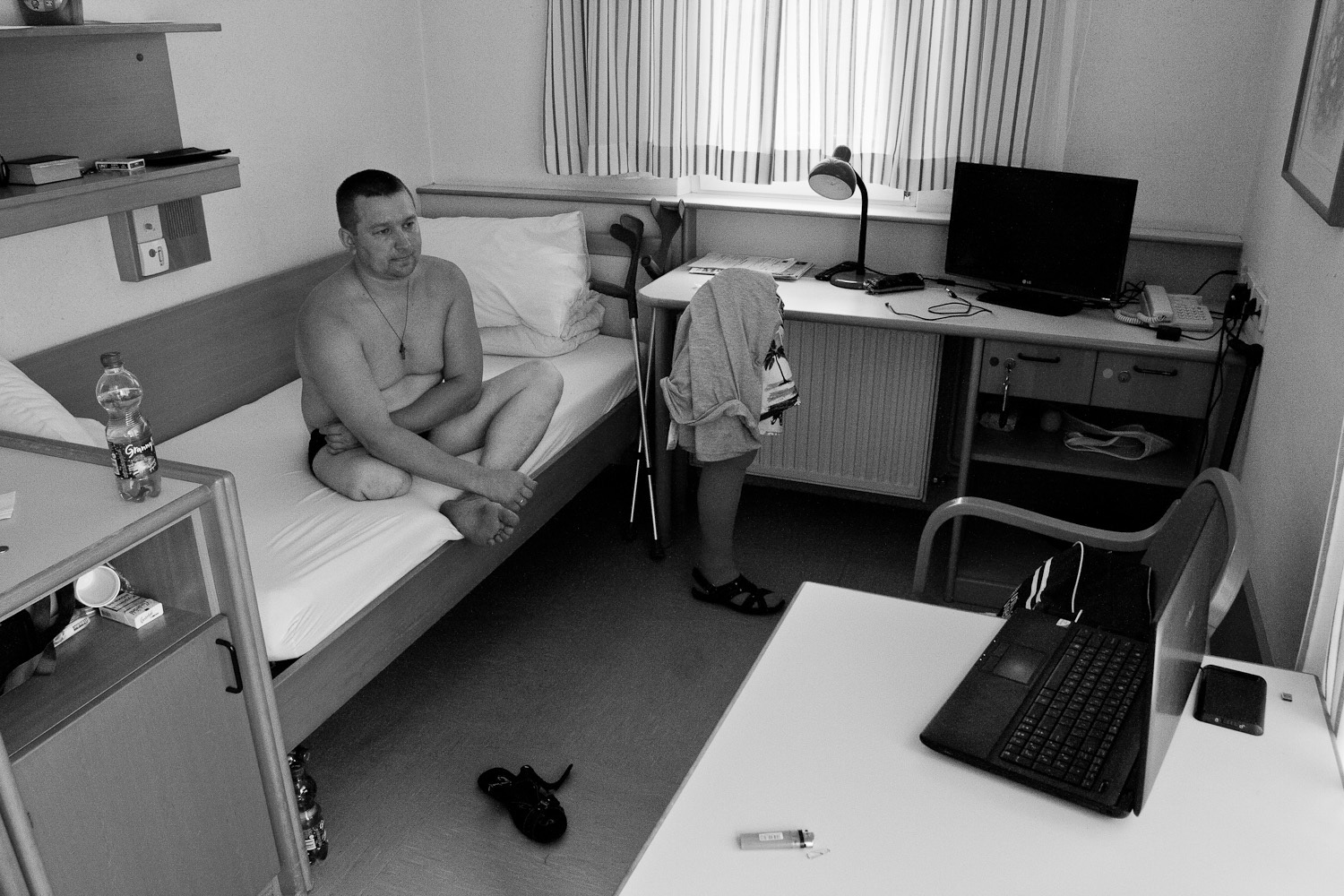
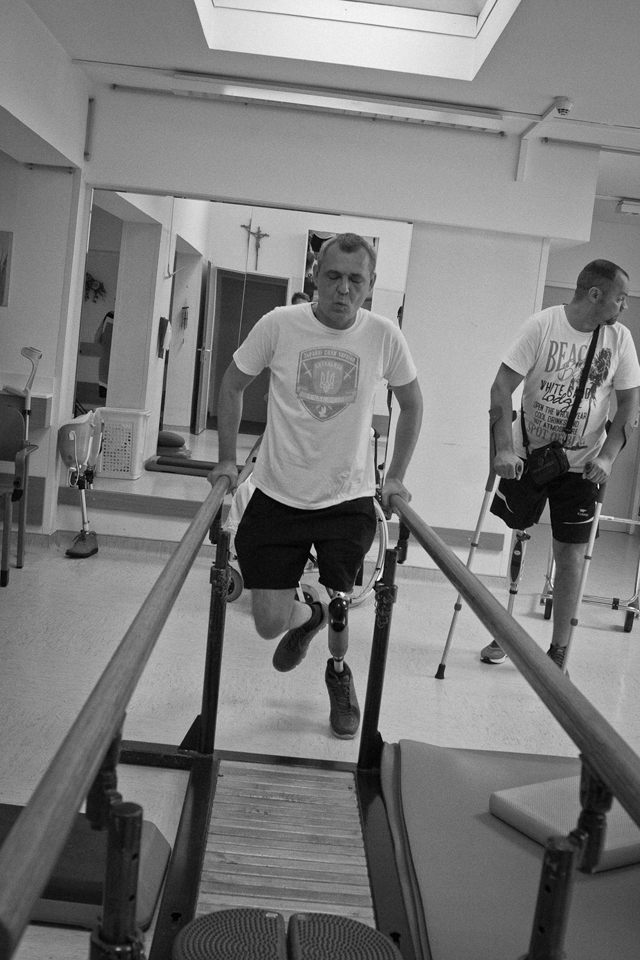
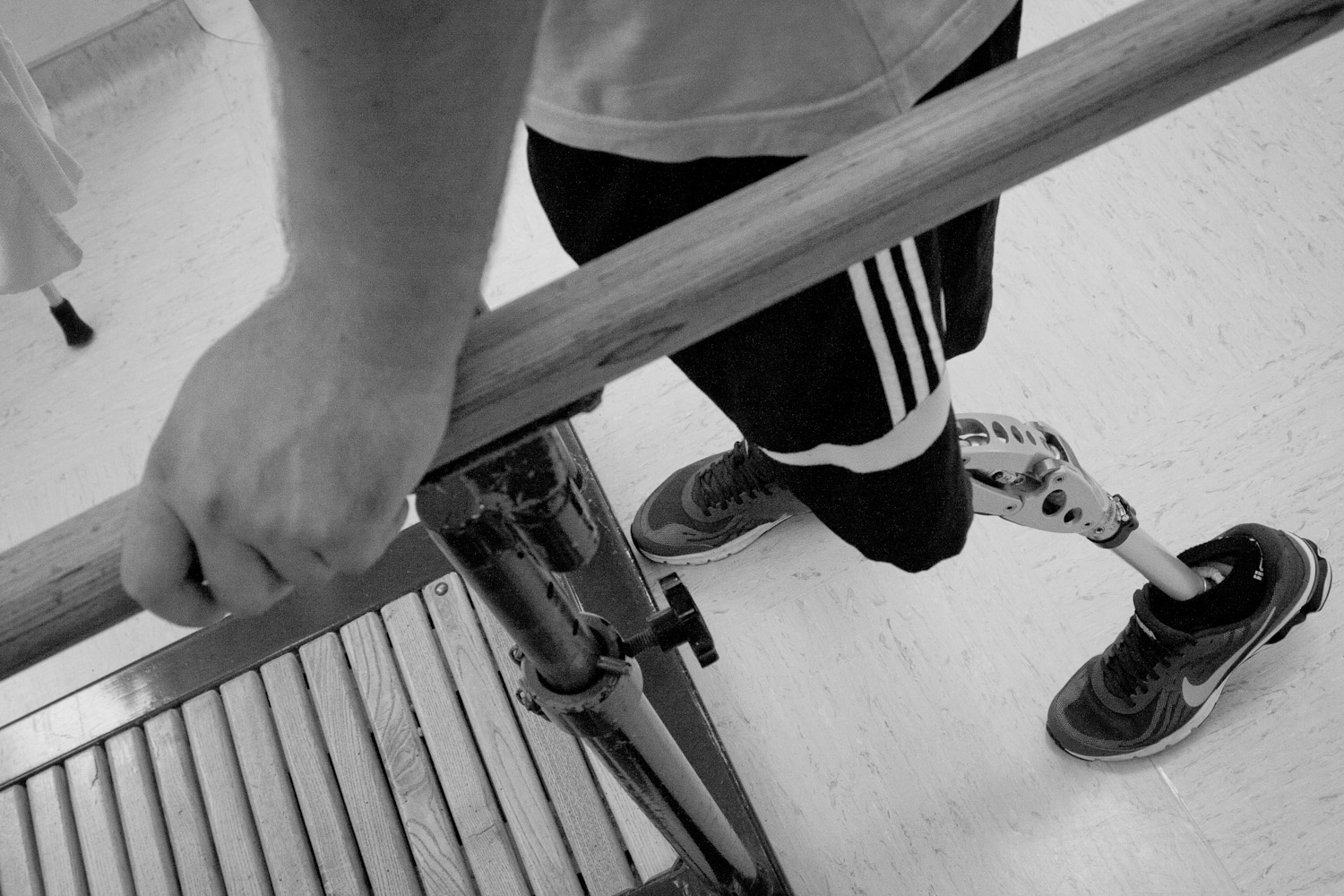
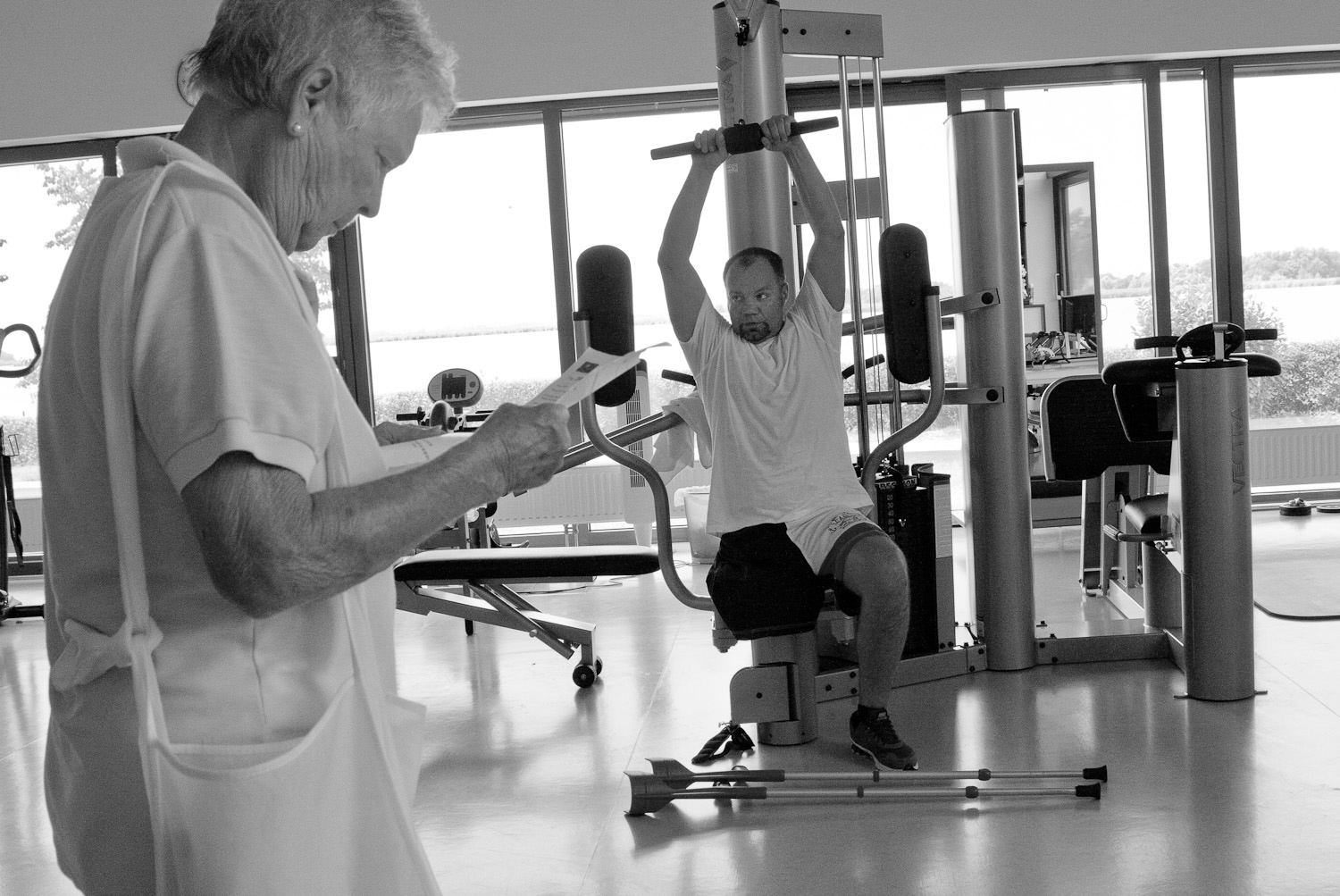
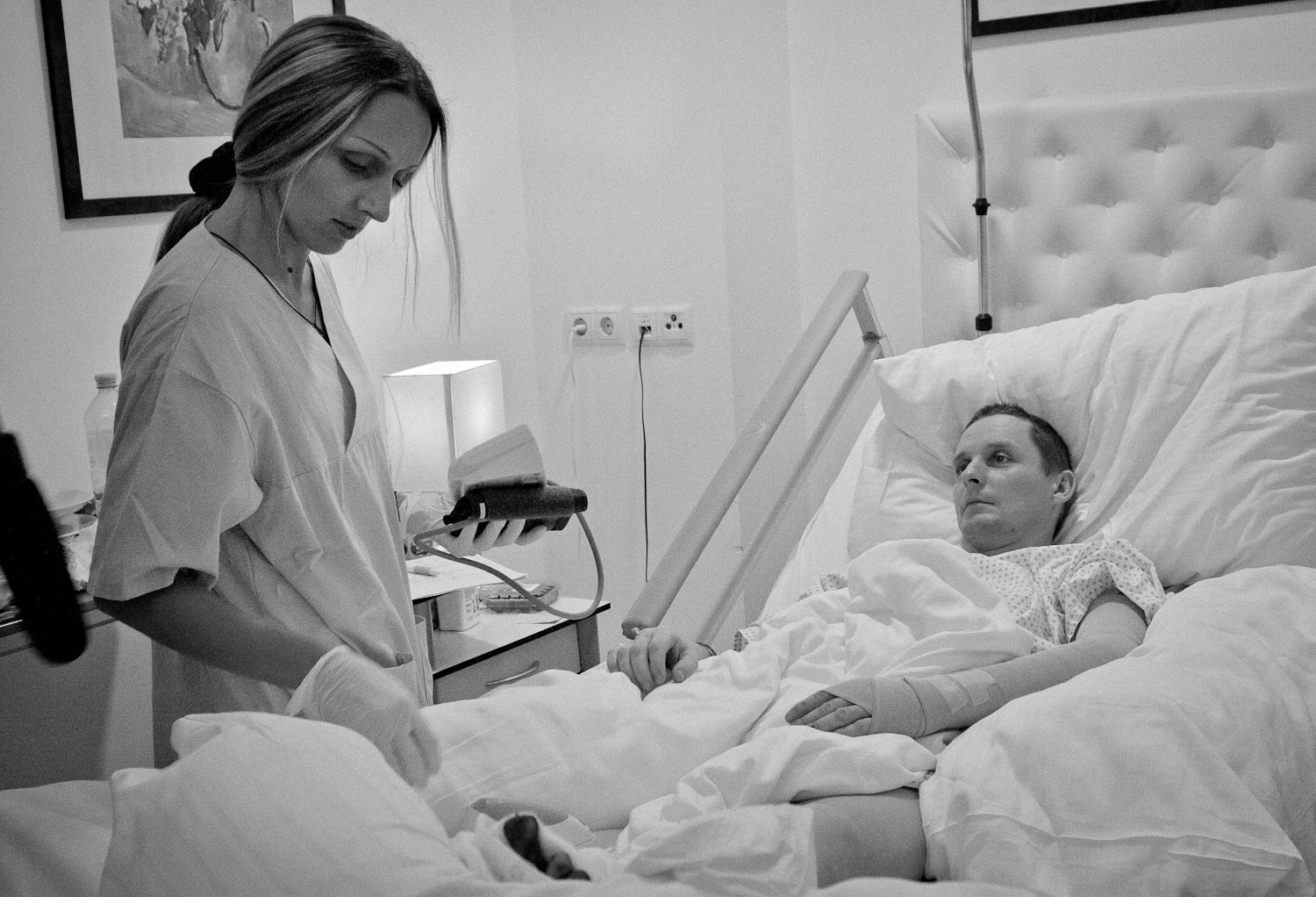
Of the twenty people who underwent rehabilitation in Austria in 2015, there were military personnel of different ranks, from privates to colonels, as well as two volunteers.
Oksana was a volunteer, and an elementary school teacher by profession.
In summer 2014 she lost both legs when the volunteers’ car blew up on the non-government-controlled territory of Luhansk Oblast.
She and her colleagues were delivering food and basic necessities to people in need. After her rehabilitation, Oksana got trained as a tourism manager and plans to work in tourism.
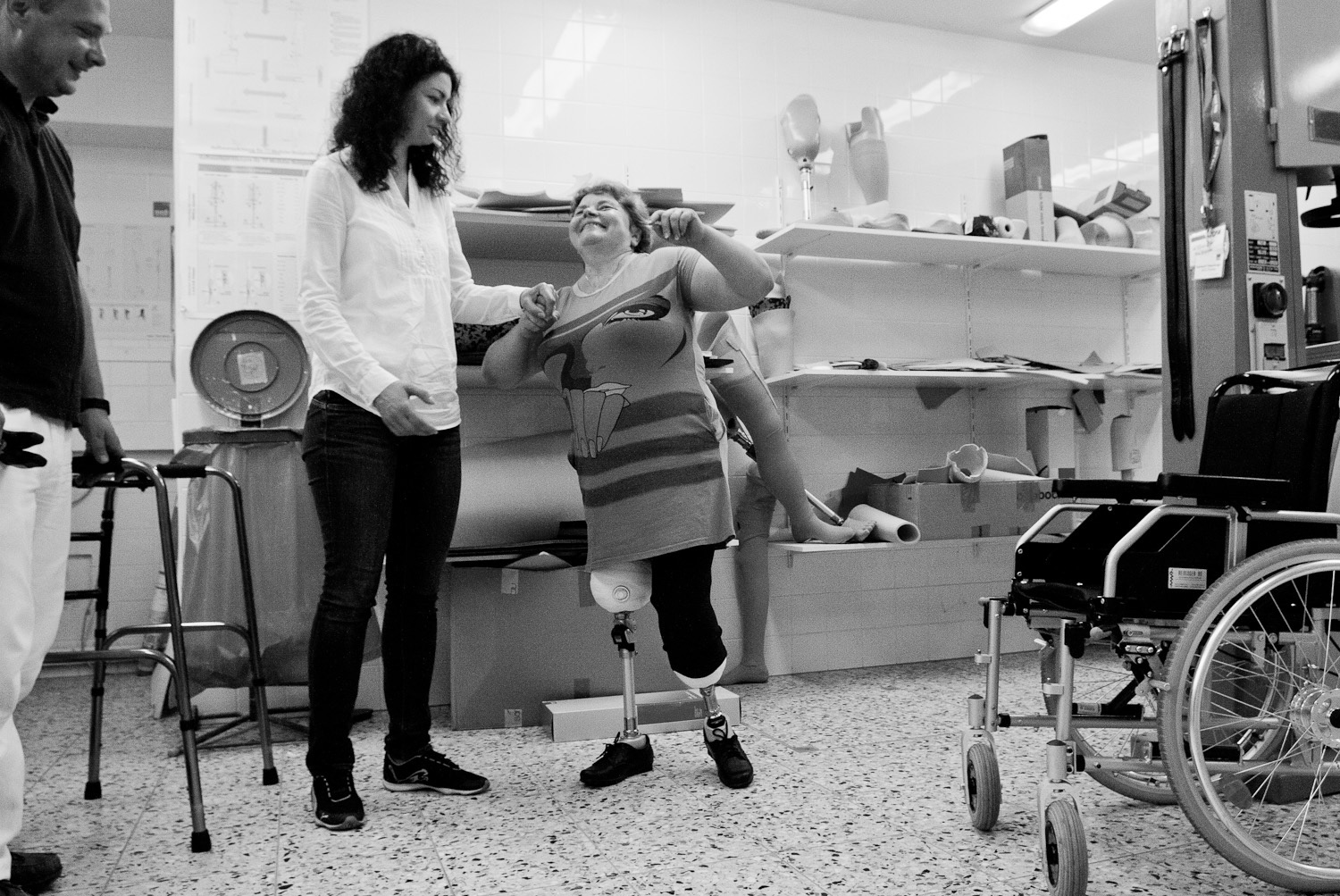
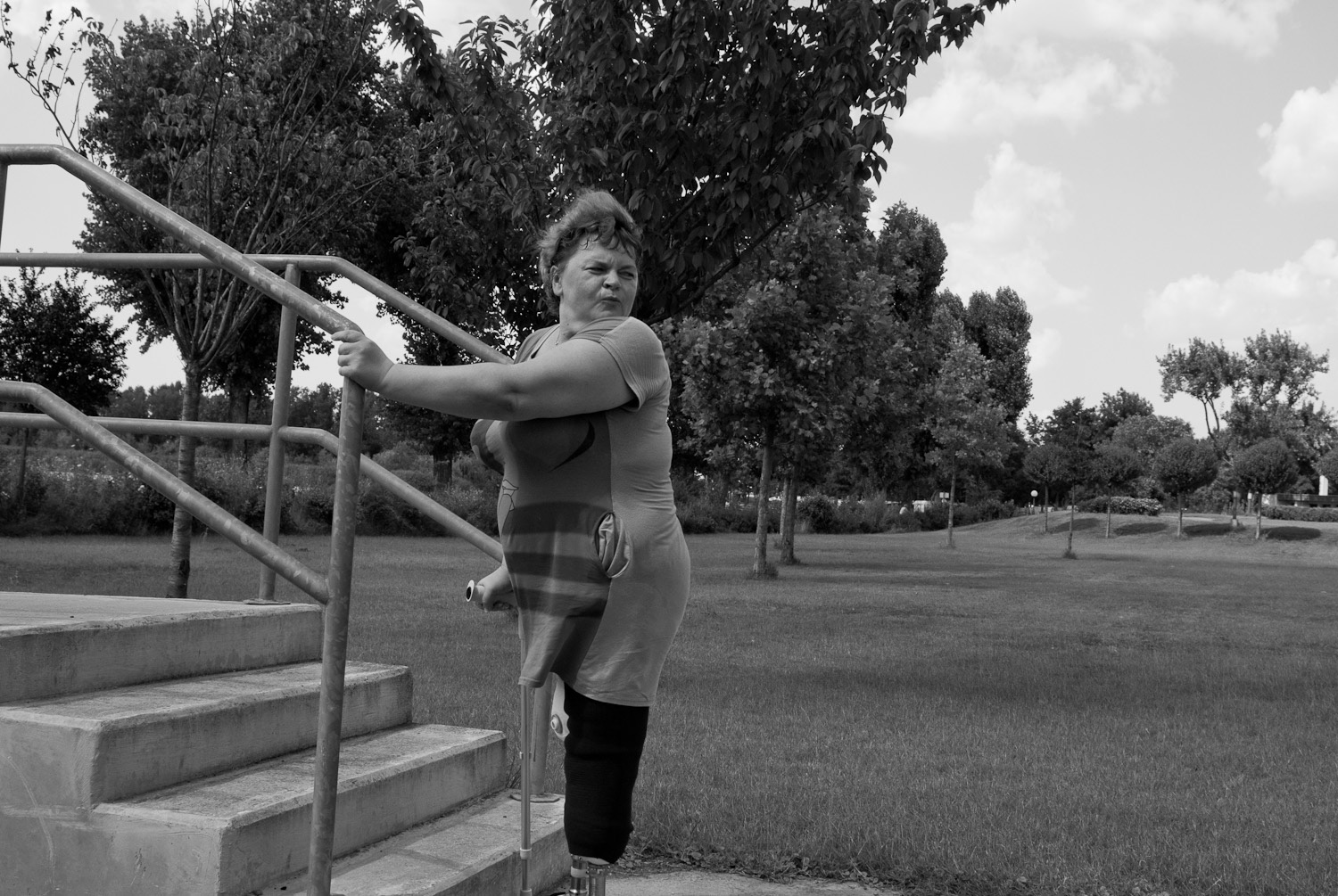
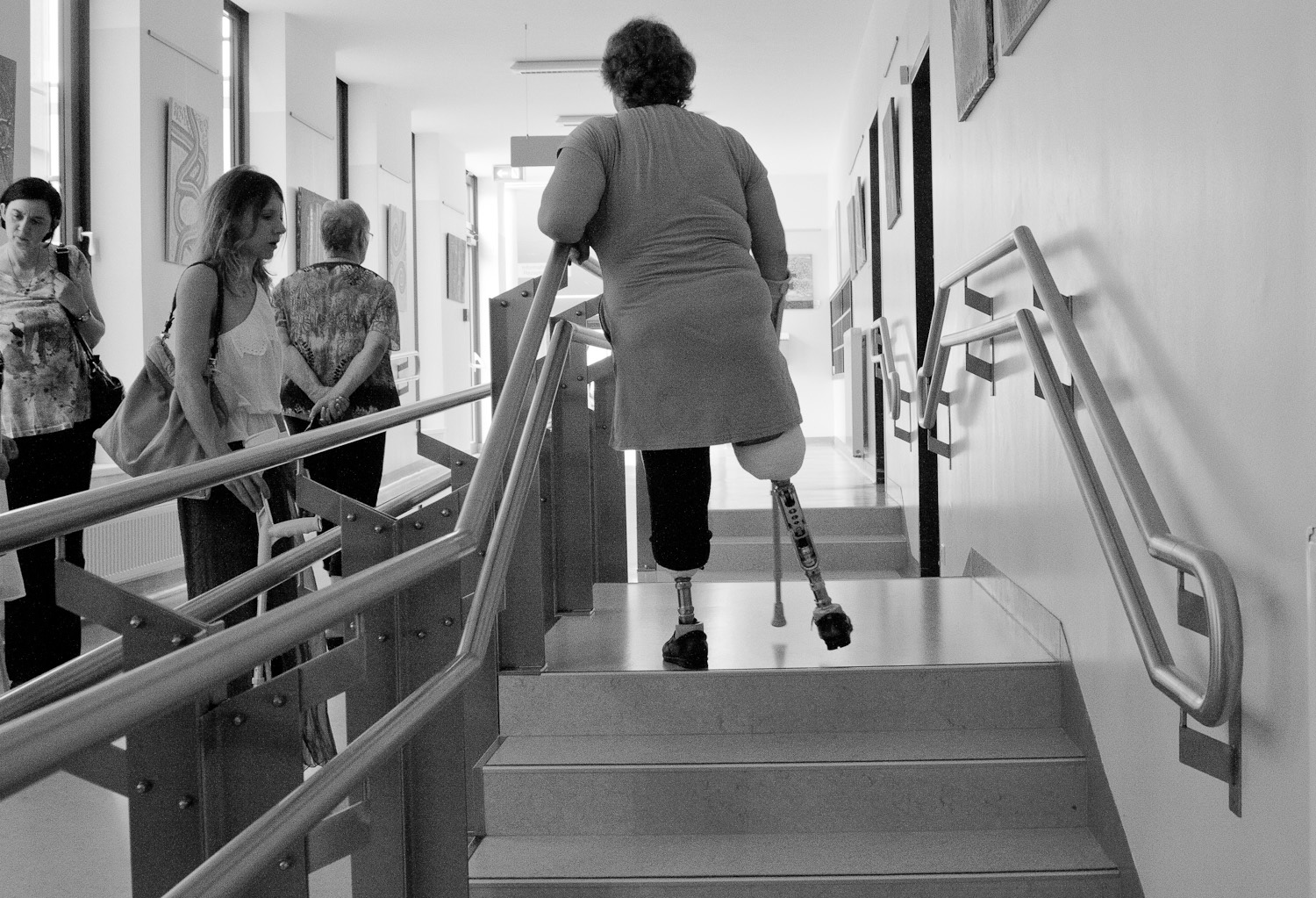
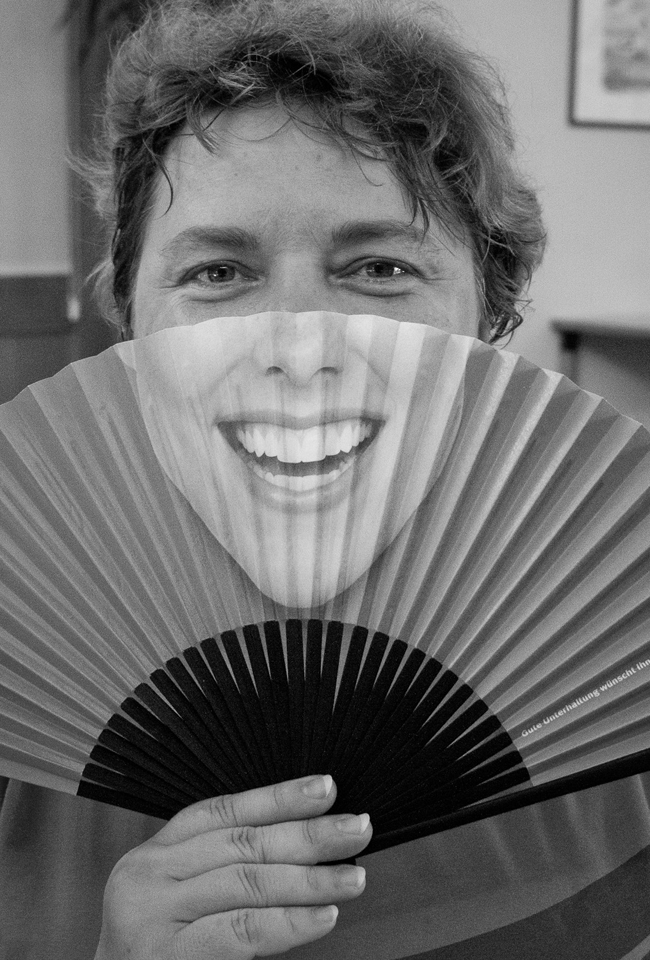
Sasha is a serviceman who used to be an engineer at the factory in Sumy before the war. After his rehabilitation, he went back to Sumy. The factory management offered to move his office to the ground floor, but he asked them to keep it where it was, so that he could practice walking.
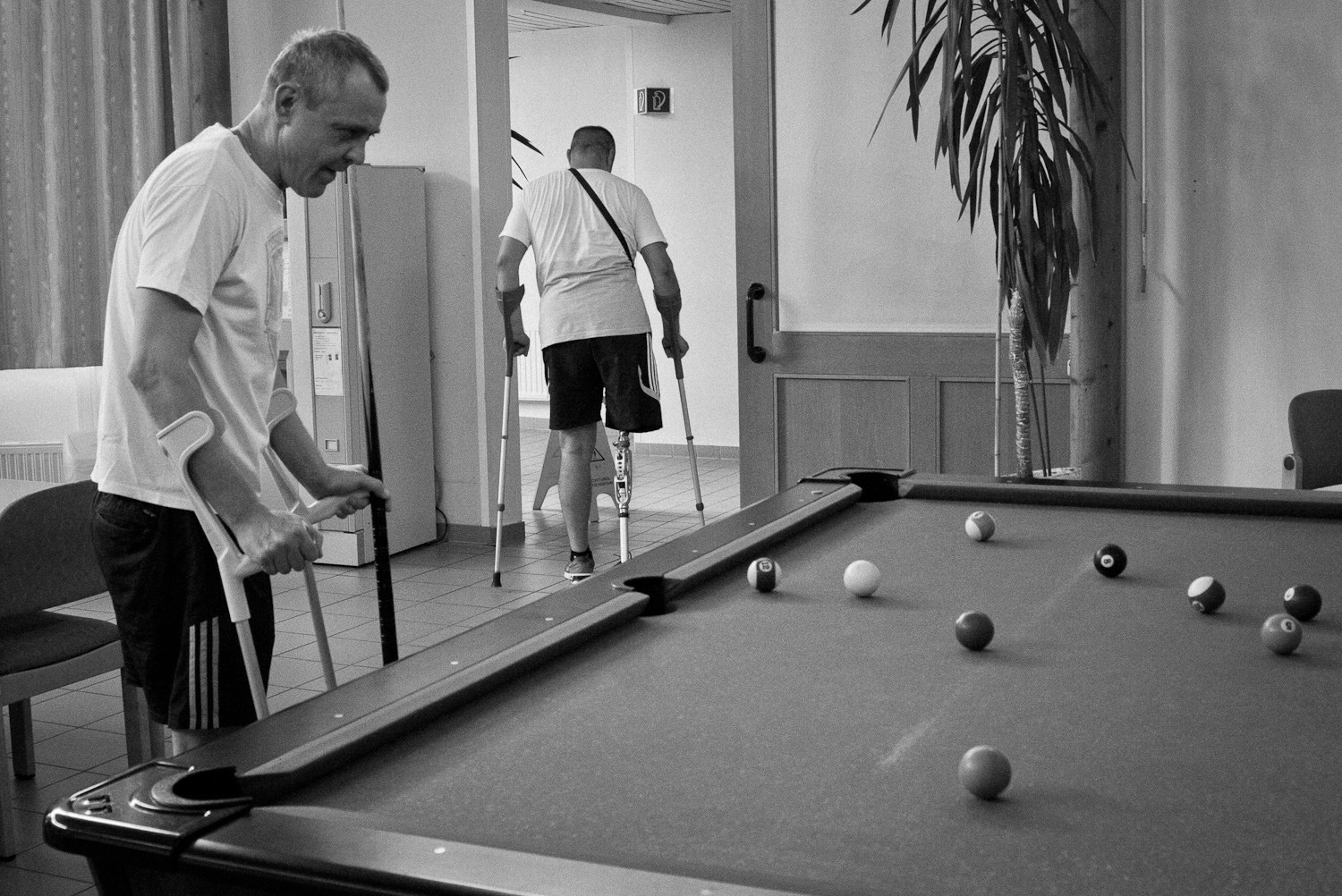
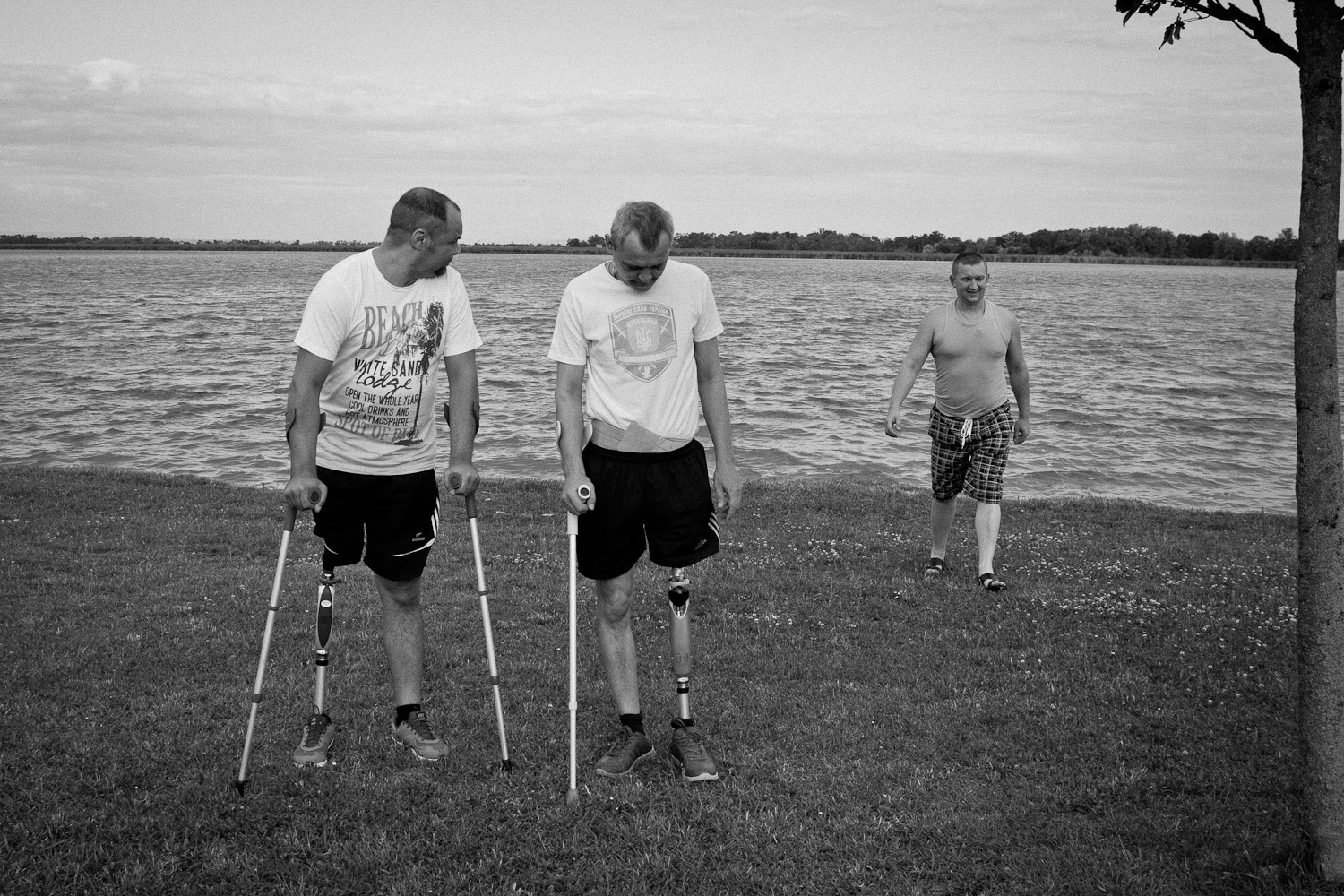
The treatment of most participants of the project was organized by the “International Association for the Support of Ukraine” charity fund, established by volunteers from Ukraine and other countries. They selected people who were ready for rehabilitation abroad according to their criteria, and organized the whole process — starting from visas and travel to staying at the center.
Another serviceman who was wounded when Ukrainian troops were retreating from Debaltsevo in January 2015 received help from his classmate, who has been living in Austria for a while. The classmate paid for the surgery on the leg that was injured in the explosion.
Austrian doctors saved the leg that would have otherwise been amputated in Ukraine.
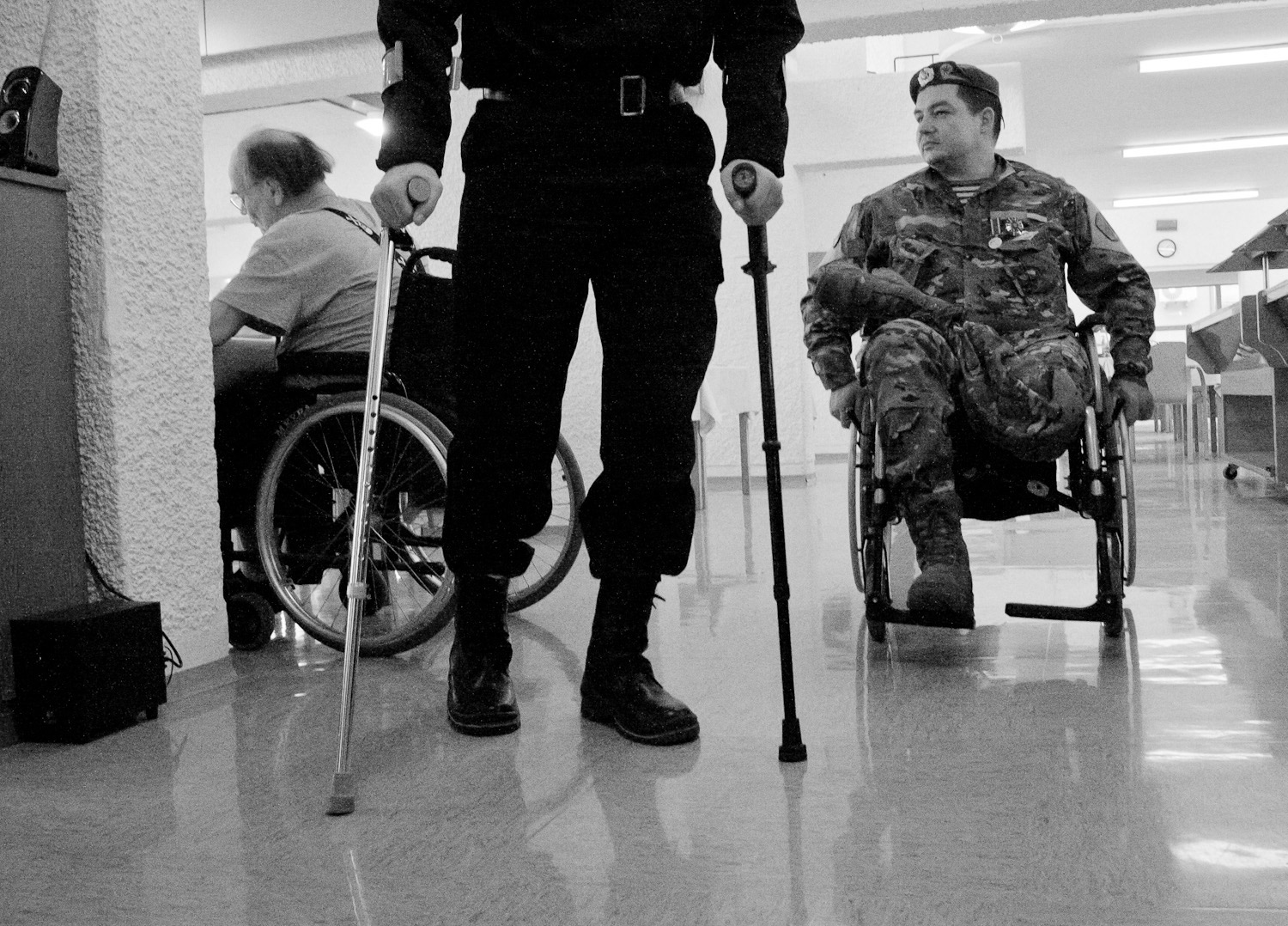
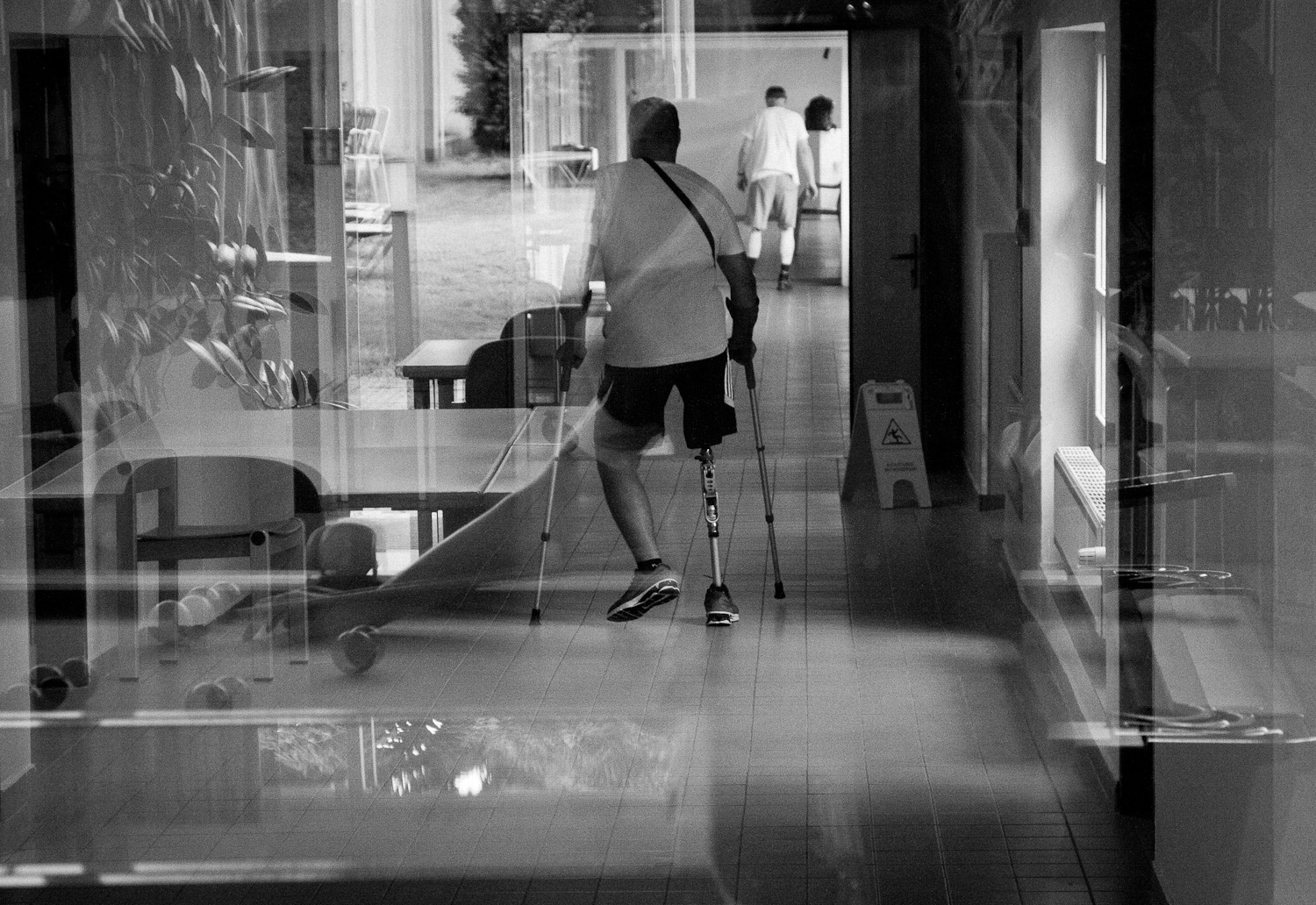
New and best
